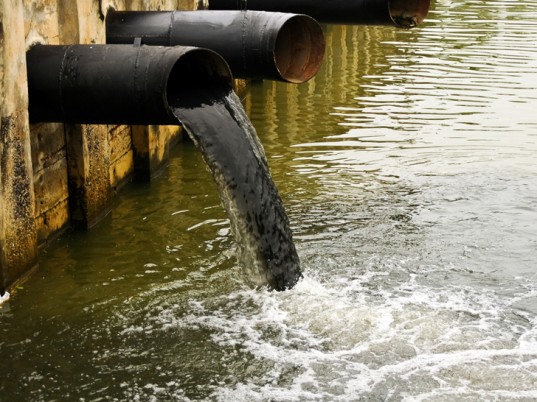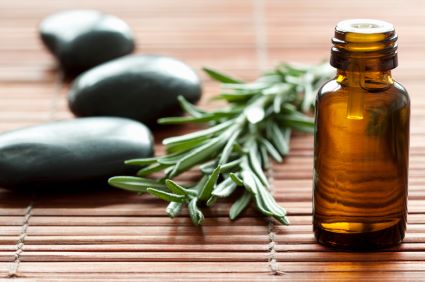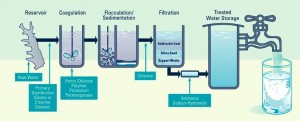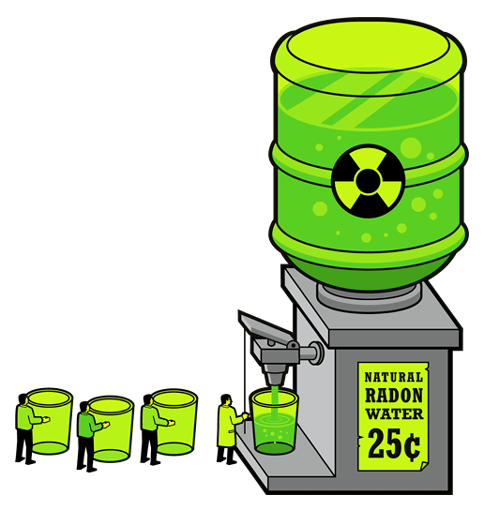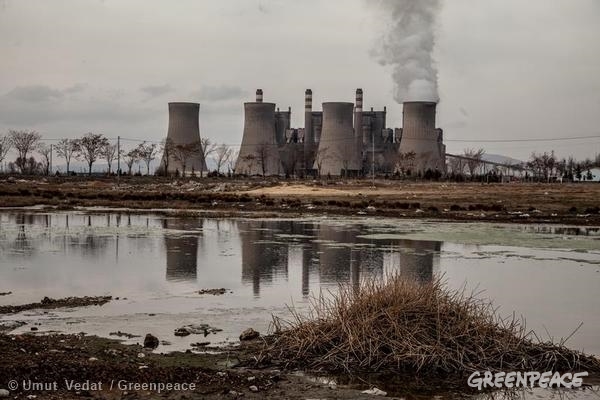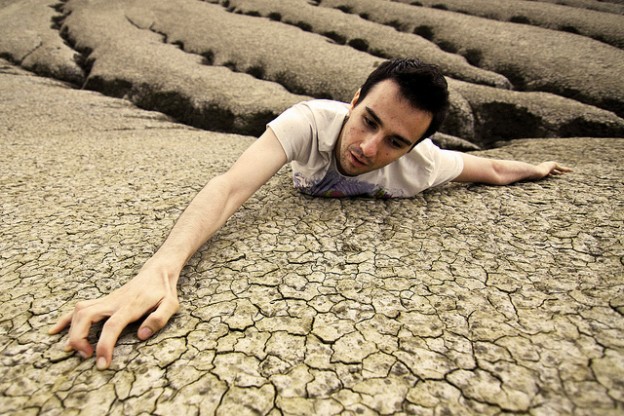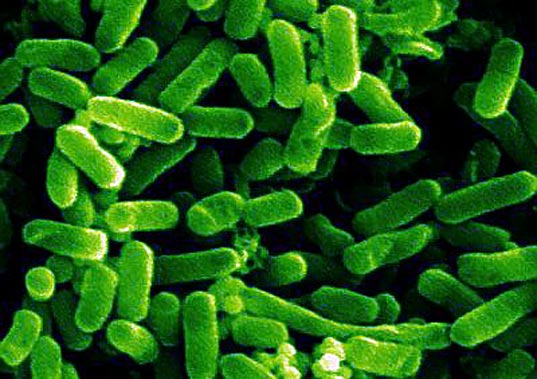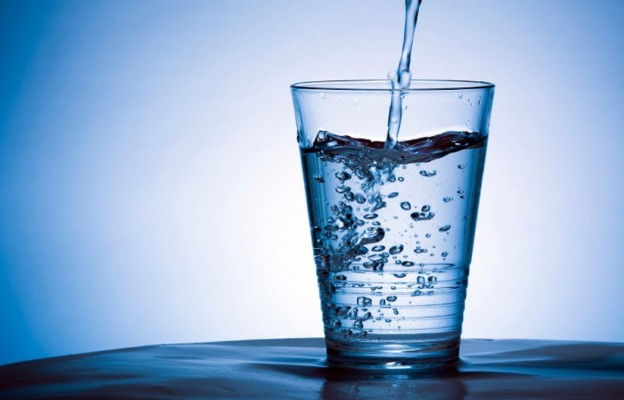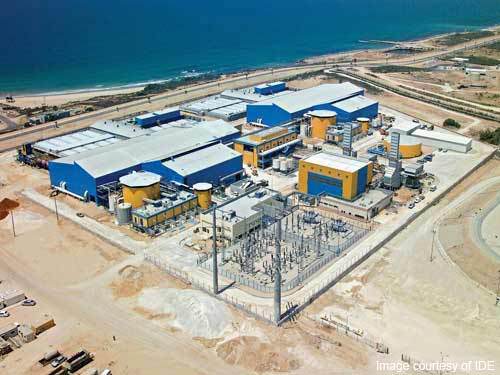
The ongoing severe drought in California is the just the latest in a recent series of water crises that have kept large areas of America parched.
Parts of Texas and the Southwest are still recovering from historic drought conditions that dried up the region several years ago. And given global climate change and the world’s growing population, the costly process of desalination — turning ocean or brackish water into clean, drinkable fresh water — is being considered a viable option in California and elsewhere.
In California alone, 17 desalination plants are either under construction or being planned, including the $1 billion Carlsbad facility near San Diego, scheduled to open in 2016. Once fully operational, that plant is expected to produce 50 million gallons of drinking water a day.
in 2016. Once fully operational, that plant is expected to produce 50 million gallons of drinking water a day.
“We’ll produce enough water to meet the daily needs of 300,000 San Diego residents,” Peter MacLaggan, senior vice president at Poseidon Resources, the company partnering with the San Diego County Water Authority on the project, said last month. “We’ll have at least one water supply that’s drought-proof — it won’t matter whether it snows in the Rockies or rains in the Sierras.”
That desalinated water, however, won’t be cheap.
“When you want to desalinate, it’s incredibly energy-intensive, and therefore cost-intensive,” said Michael Webber, deputy director of the Energy Institute at the University of Texas at Austin. “And that’s the rub of it. It’s drought-resistant, it’s abundant, it’s never going to go away, but it’s costly to do.”
at Austin. “And that’s the rub of it. It’s drought-resistant, it’s abundant, it’s never going to go away, but it’s costly to do.”
There are two main desalination processes. Thermal, as the name implies, involves heating salt water and then distilling pure, drinkable water from the steam. And there’s reverse osmosis , the process Carlsbad will use — where sea water or brackish water is forced through filter membranes that remove
, the process Carlsbad will use — where sea water or brackish water is forced through filter membranes that remove the salts.
the salts.
Thermal desalination is huge in Saudi Arabia and elsewhere in the Middle East. That method makes economic sense there, says Webber, “because they have energy but don’t have water, so they trade energy for water.”
California also expends a lot of energy — as well as hundreds of millions of dollars annually — to store, pump and deliver water across the state.
The question, then, is whether Californians will be willing to purchase the expensive water that desalination facilities produce. As an example, Webber points to the Tampa Bay Seawater Desalination facility in Florida, which can produce up to 25 million gallons of drinking water daily. But due in part to the cost, the Tampa Bay plant is rarely run at full capacity.
the expensive water that desalination facilities produce. As an example, Webber points to the Tampa Bay Seawater Desalination facility in Florida, which can produce up to 25 million gallons of drinking water daily. But due in part to the cost, the Tampa Bay plant is rarely run at full capacity.
Desalination can make economic sense when it’s combined with good design and proper integration into a region’s infrastructure. And given its growing use worldwide — industry website Desalination.com says more than 60 million cubic meters of drinking water are produced worldwide daily by desalination — technological advances could help reduce the cost of turning salt water into fresh water.
than 60 million cubic meters of drinking water are produced worldwide daily by desalination — technological advances could help reduce the cost of turning salt water into fresh water.
“I do see that water is the next oil,” Webber notes, “that water is the great resource of the 21st century over which battles [will be] fought, money is invested
oil,” Webber notes, “that water is the great resource of the 21st century over which battles [will be] fought, money is invested .”
.”
